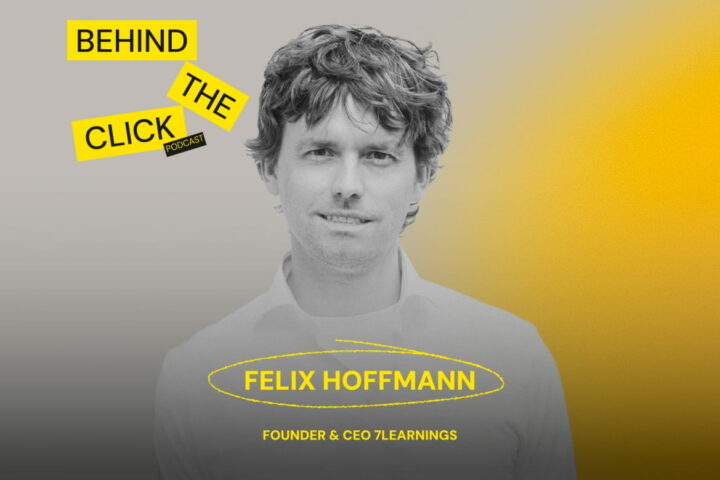Entering an untouched ground – about unique business-model, babyboomers, customer satisfaction and… David Hasselhoff – Interview with Tobias Knapp from audibene
Written by
Editorial TeamPublished on
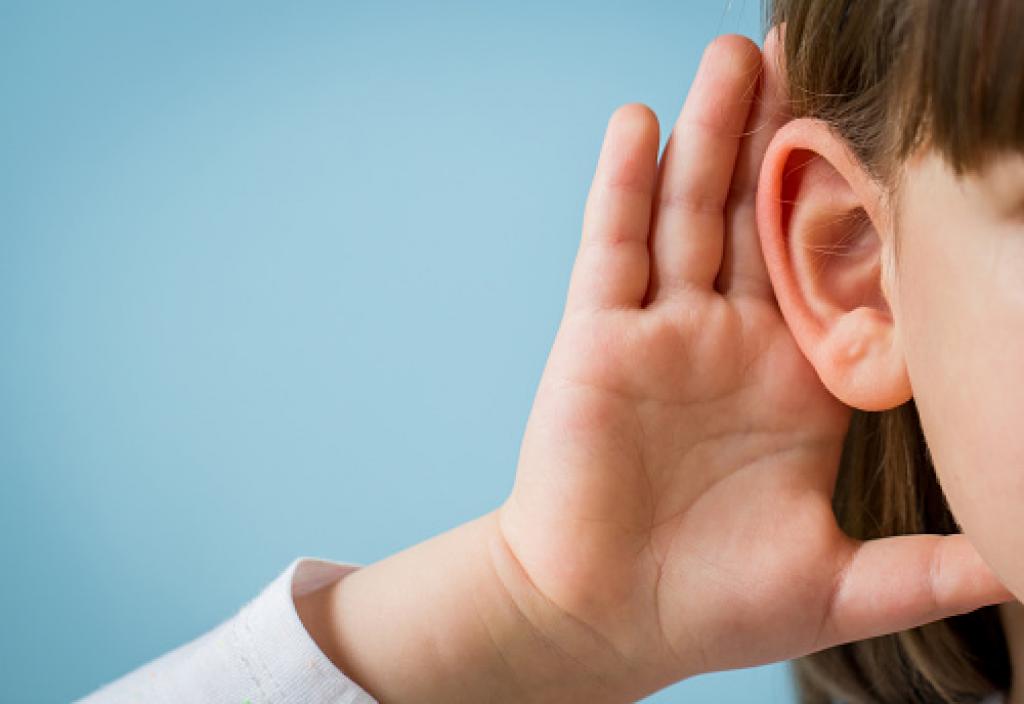
Tobias, what are your duties as Head of Global Product Optimization?
In my team we track, visualize and optimize the whole audibene customer journey – and increase conversion rates throughout the whole funnel in all countries we operate in. I currently have a stronger focus on online and crm touchpoints such as ads, landingpages and crm, but also have projects in the later stages of the funnel where most interactions with customers take place on the phone or offline in shops.
In your role, during product development, what kind of interesting pivots have you encountered?
At audibene, the most substantial pivots were changes in value propositions, corresponding marketing offers and sales routines afterwards. Know your target groups and make them aware what your service does to their lives. To get there, I can only encourage product managers to listen to customers and also to know their best sales-people. How do they motivate the customers – then use their sentences to test headlines – if one clicks well, dig deeper and align the signup funnels to maximise conversions
What kind of success metrics did you apply during project launch and other project phases?
I’m a quite traditional project planner, I assume. I put together a project plan including As-Is states and the state after project completion. That includes the KPIs that should be affected and to what extend, and thereby make success visible. In my current role these KPIs usually circle around conversion rates, costs per customer and time to market of specific features. Within the project group we define the milestones, due dates and responsibilities. We are also defining what not to do. I like to work with high level gantt charts to maintain an overview as well. Regular check-ins guarantee transparency on the progress.
audibene claims to be the leader in the hearing aid industry. But the story started only in 2012, how did it come to this so fast? How did both founders discover this untouched ground?
Both founders worked for well-known management consultancies and were involved in projects in the hearing care industry before. They found that this specific market was very scattered and none of the players had yet started to bringing their businesses online. So our business could be set up on a plain field and audibene was the company that defined the rules for this new model.
After the launch in 2012 – how long did it last until the business started to gain revenue?
We gained revenue already 2 months after launch.
Was it difficult to convince acousticians to participate in the startup?
The audiology branche is a very traditional market. A lot of players being in business for 20, 30+ years and changing the way to work or believing in other approaches is hard for them. Trusting a company that doesn’t seem to have the same level of experience was merely impossible for them in the beginning. However we were able to build up a vast number of learnings given the large amount of customers we can talk to and also with every new audiology-partner come more market insights. This brings us in a position where we have a much broader view on market development than a single audiologist would have. We invest a lot in building up the relationship to our partners and have them participate in our learnings. So when doing it right they not only benefit from our business model but also can make their own business better by applying what they can learn from us.
Can you tell us more about audibene’s unique business model? Who actually is your target group? Do those groups vary across different markets?
Generally speaking our target group includes everyone with a hearing loss. This applies to around 30% of the population 50+, even 50% when talking 60+. Key target group for us however are babyboomer. Whereas traditional audiologist meet there customers when they are around 70-75 and hearing loss is already quite severe, we can address this when people are 10-15 years younger – babyboomer that now enter the age where natural hearing loss starts to develop. Babyboomer are a very special target group and no company I can think of gets as close to them as we do – knows them and their behaviour online as well as we do.
How did you develop the current customer journey (website – hearing analysis – call with the specialist – meeting with the local acoustician) did it function the same way from the beginning or did it evolve over time? Are you planning any enhancements?
When I joined, the basic customer journey was already in place. But we are a very testing oriented company and optimize and tweak it every day. We ran far more than 2.000 tests only on landingpages. So during my time at audibene the whole online funnel completely changed at least 3 times and more and more customer segments are identified and addressed seperately in the journey.
Your target group are people around 50 years old – how do you design their User Experience? Do you hire people 50+ in your office as UX designers or testers or do you outsource this service?
We have a variety of measures in place that we use to design the babyboomer-experience. It all starts with direct contact to our customers. Each and every employee spends some time on the phone, calling and consulting new customers to get to know them better. We also make sure that every employee undergoes an in-depth training in our inhouse academy so that everyone has broader knowledge of audiology and hearing aid 101 – even when not working as a consultant.
Other than that we regularly meet our customers in person when organizing customer-focus days. We do surveys, use NPS scores to track flaws in our process, and as mentioned, do tons of A/B tests to verify our insights and assumptions. Therefore we also have a sophisticated set of CRM, online testing and tracking tools in place that help us to analyze and segment our customers.
Do you create separate communication with clients 50+ and younger people, who seek hearing aids?
Hearing loss usually only starts to affect people’s lives when they are 50 or older, so we do not address a younger audience on a greater scale. However we have different journeys in place for other customer segments. To name a couple there’s first-time buyers and previous wearers. Customers who haven’t heard anything about hearing aids need other information than those who want to acquire their second or third set – so communication strategy is: „What do hearing aids do for me and how do I get them?“ vs „What’s new in the market? Why should I purchase newer devices?“. Both journeys undergo constant optimization.
You claim to be mainly focused on new customers. How you generate traffic to your websites?
Babyboomer are a bit of an underrated audience. Our customers are using the internet more than everyone thinks. For example, babyboomer use the internet more often that Generation X. So we are using the main online marketing channels, Display and Social advertising, eMail, SEA, SEO and CRM to touch base.
Does the push-marketing function differently in various locations?
The overall marketing dynamics are almost the same, but we advertise differently in the markets, depending on which customer group is best to target. In Europe an Northern America we mainly target first time buyers with a corresponding offer, in Asia we have to focus more on relatives that want their parents or grandparents to wear hearing aids.
Do you still use channels which are typically associated with 50+ audience, like TV, newspapers?
We do TV, Radio and sometimes Newspaper when there is an opportunity, but we rely more on the online channels.
David Hasselhoff is used as talent in your communication – why did you choose this celebrity? Is it mainly for Germany or other countries?
We worked with David in the United States and in Germany. David set a Guinness World Record as the most watched man on TV due to his roles in Baywatch and Knight Rider. So in both countries he’s well know to babyboomers.
What are the numbers showing the success on the German market?
In 2018 we did advise almost 200.000 customers in Germany alone and within 6 years we made it within the top 10 hearing aids retailers globally.
audibene is present on other 8 markets – which one is the biggest success?
Well, all markets come with their pitfalls – different business practices in the local industry, regulations, health systems. Considering these individually and looking at where we stand in Europe, Northern America and three asian countries, I‘ say: Actually, all of them are a big success.
In 2015 audibene expanded to USA – is it an easy market? What is your marketshare?
We are also among the top ten players in the US. The US comes with several restrictions or hurdles that you don’t face for example in Germany. The health insurance system for instance does not cover hearing aids in most cases, so almost every customer has to pay the full amount by himself – in Germany you can get a decent pair of hearing aids fully supplemented from the insurance. That for one makes selling more complicated in the US – on top of that, you can’t test hearing aids without having paid for them. Of yourse you can bring them back and get refundend, still the experience is drastically different to what we have in Germany, where there’s a free testing phase to decide whether one makes the purchase in the end or not.
Are you investing in separate communication for users of mobile devices? Do your customers are keen on this channel? Do you know what percentage of online traffic and conversion is done on mobile devices?
We track the device-types very precisely. Desktop and mobile are actually equally important for us and we optimize the devices individually. It’s not only the device but also the audience that differs per device, so addressing them differently also in the marketing messages is the way to scale.
You have a very good mark on bewerted.de – how do you achieve this? Do you have a dedicated customer service team? What are their values and main focal points to keep so many clients happy?
We not only have high marks on bewertet.de but also have the highest NPS scores in the industry. It’s one of our most important KPIs. High customer satisfaction and NPS scores is part of the development path of each consultant and we work around the clock to increase the quality of our consultant-teams. In-depth training programs that we developed make sure that we can cover all kinds of cases.
Are you currently developing or just launched new features for the customers? Can you describe any interesting project/ product?
Our most dramatic change at the moment is to bring down the time our customers have to spend on testing devices. One of our findings is that testing more devices, which you are allowed to do in Germany, does not correlate with a more satisfying experience. Customers rather get confused, drop out or don’t buy the right device when they have tested too long – there is no “hearing-memory”, so you don’t remember how something sounded with hearing aid A when testing hearing aid B. So we cross-functionally work on a program that allows us to promise the best possible hearing experience after 28 days already. Still sounds long but cuts the time needed traditionally by around 50%. Actually frees a lot of resources also on our end as well as on the side of the audiologist.

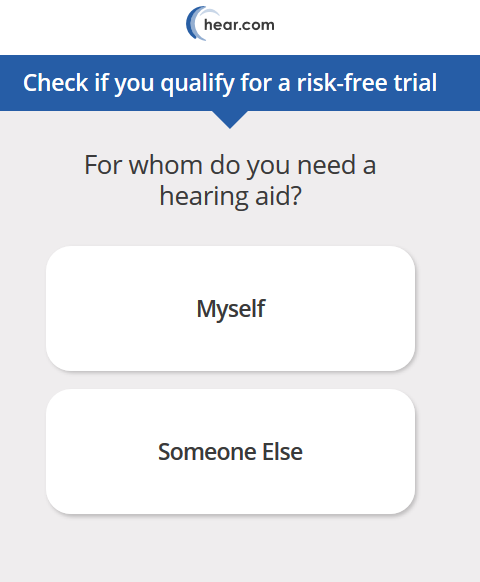
audibene uses separate UX for mobile and desktop, adjusting it to the target audience: simplified and easy to use.
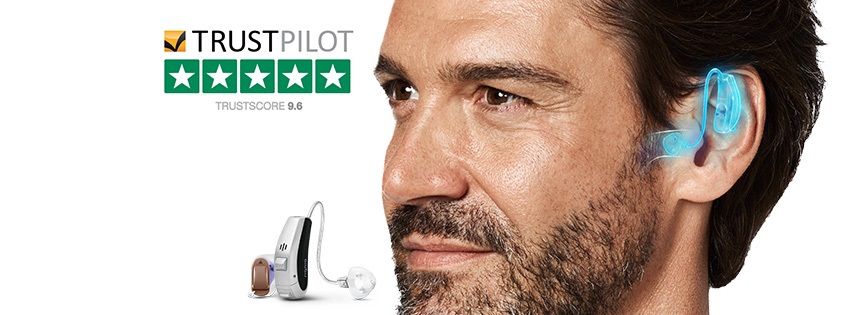
Not only marketing and targeting, but the traditional great customer care add up to the top result on the consumer review websites.
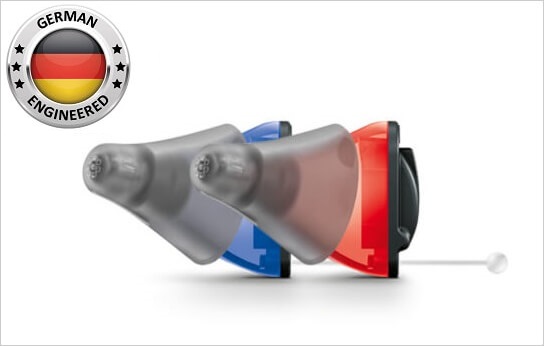
Hearing aids were traditionally distributed and marketed by acousticians, audibene brought this business to the world wide web

Michalina Sowul, PMP is a digital marketing expert and a project manager with over 10 years experience. She led projects for global clients like P&G, Matell and Daimler. Main focus: German e-commerce market, automation, Amazon, data science.
